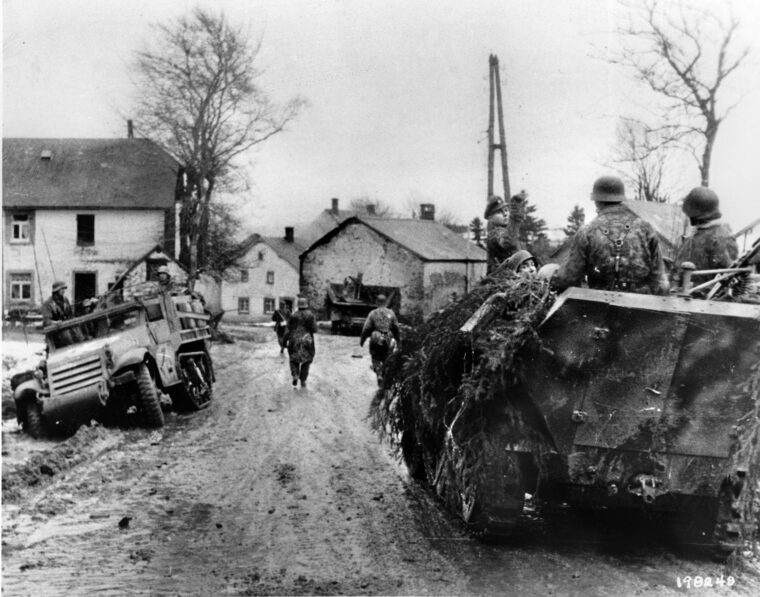
The Allies’ Near-Catastrophic Intelligence Failure
By Michael HullAfter the tumultuous liberation of Paris and the German Army’s eastward flight from France, Allied hopes rose high in the late summer and autumn of 1944. Read more

After the tumultuous liberation of Paris and the German Army’s eastward flight from France, Allied hopes rose high in the late summer and autumn of 1944. Read more
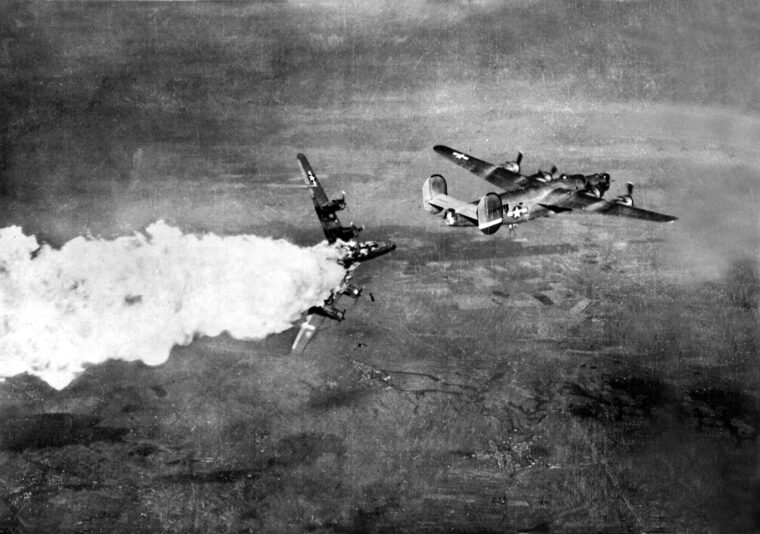
Howard Linn was a member of the 492nd Bombardment Group—the “Hard Luck” group of the Eighth Air Force. Read more
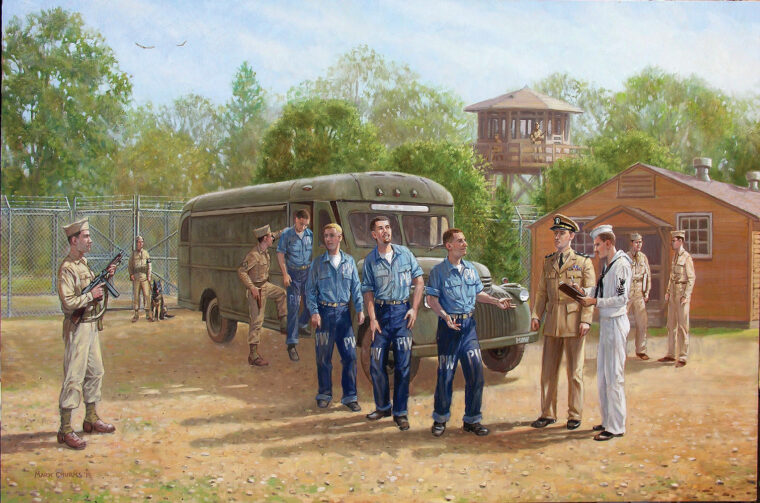
May 3, 1944: The nondescript army bus slowed to make a turn off the Mount Vernon Memorial Parkway just outside suburban Alexandria, Virginia. Read more
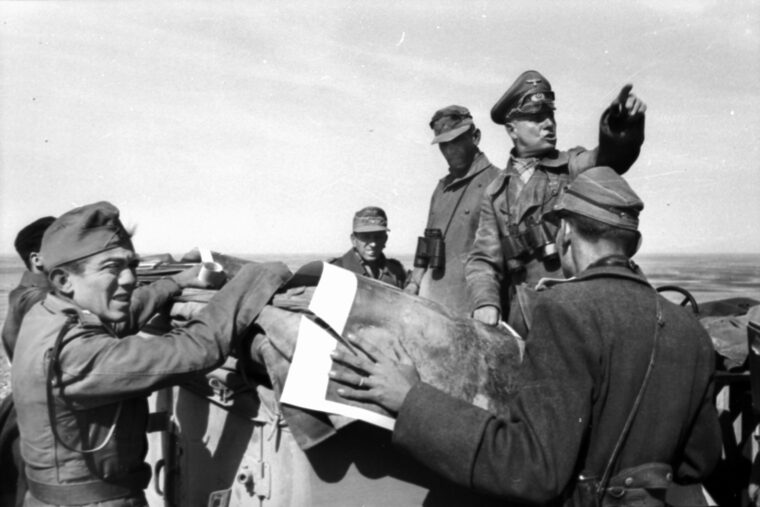
September 1943 was an extraordinary month for the Royal Italian Army. On the 8th, General Dwight Eisenhower and Marshal Pietro Badoglio announced Italy’s surrender to the Allies. Read more
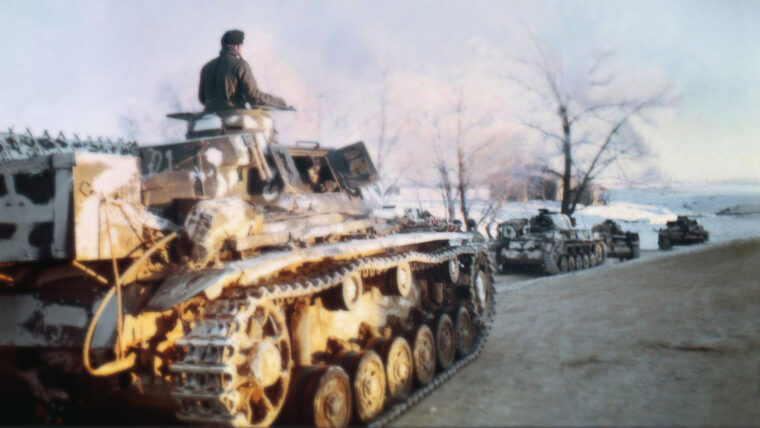
Russian deception, misdirection, and misinformation, as evidenced in ecent years, can be very destructive. But it’s nothing new—it’s the result of hard-earned experience during World War II. Read more
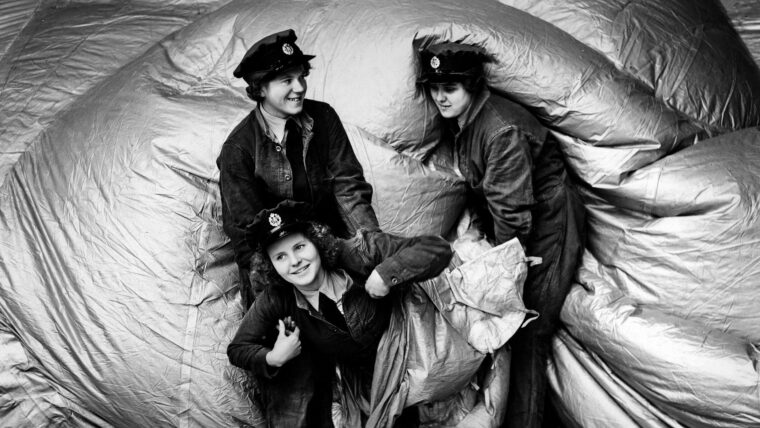
An old English adage states that “It’s an ill wind that blows no one any good.”
Such was the case when a gale pounded England on the night of September 17, 1940. Read more
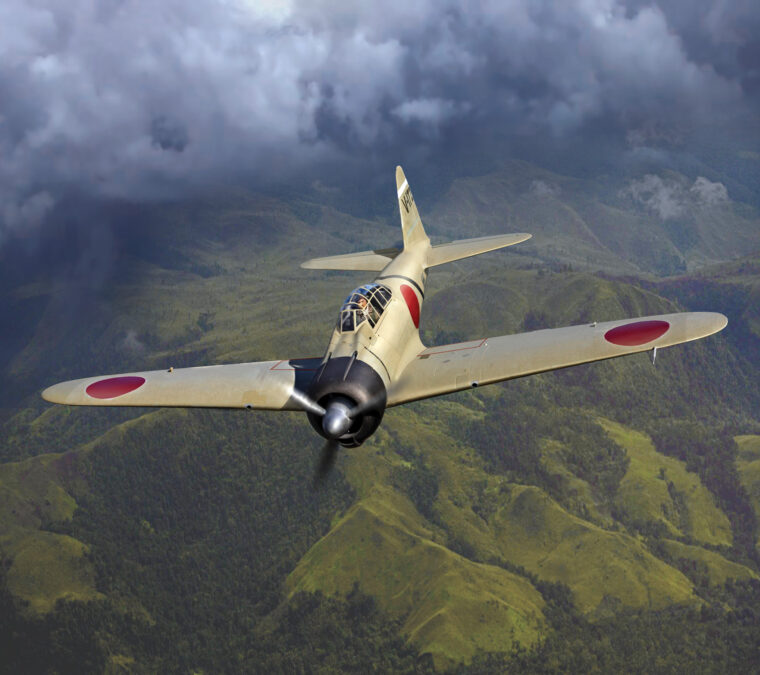
Flight Petty Officer Saburo Sakai was anxious to engage the American carrier pilots for the first time, testing his skills against what he had been told were the best opponents he would come up against. Read more
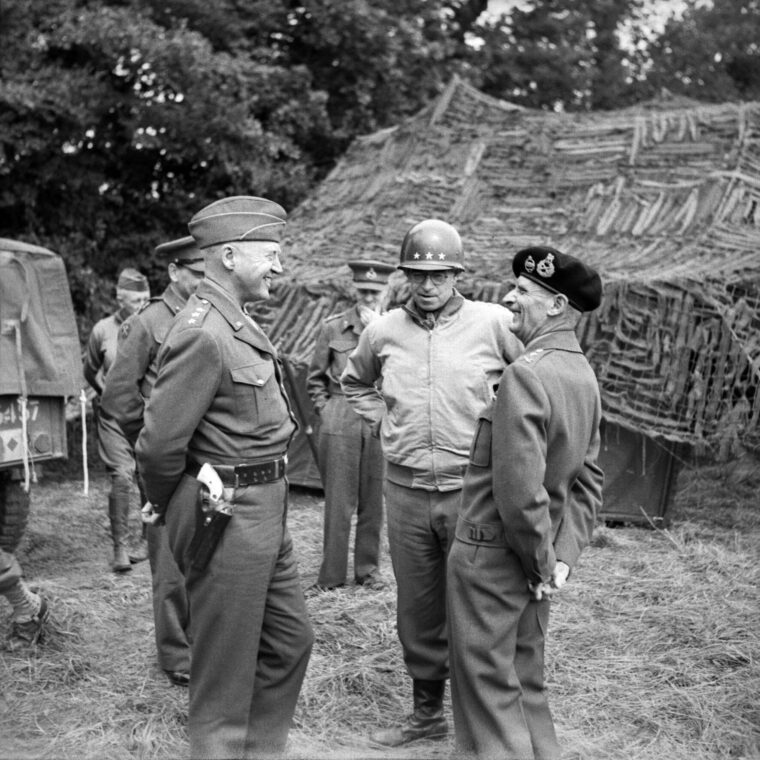
The Allied invasion of Normandy in France on June 6, 1944, known as D-Day, was the largest amphibious operation in modern history. Read more
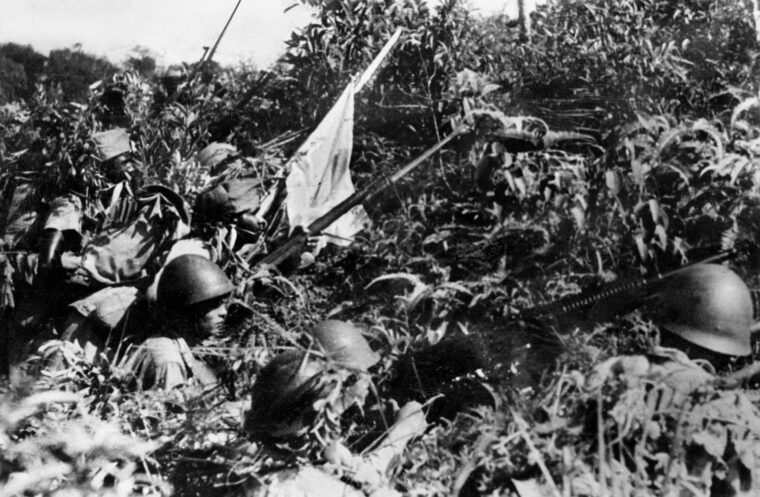
The initial command structure in the China-Burma-India (CBI) theater of World War II produced a sharp contrast and clash of wills between two of the principal Allied leaders: British Field Marshal Archibald Wavell, and his American counterpart, Lieutenant General Joseph W. Read more
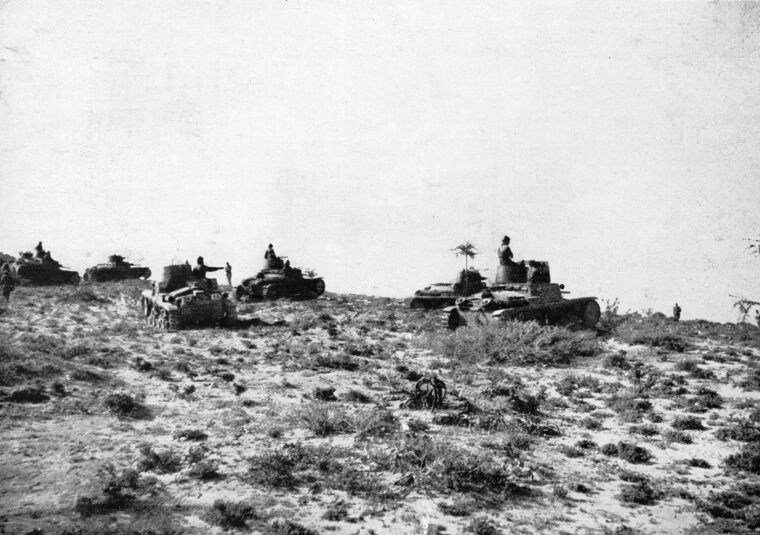
ONE of World War II’s least known campaigns was fought over one of the most desolate places on earth. Read more
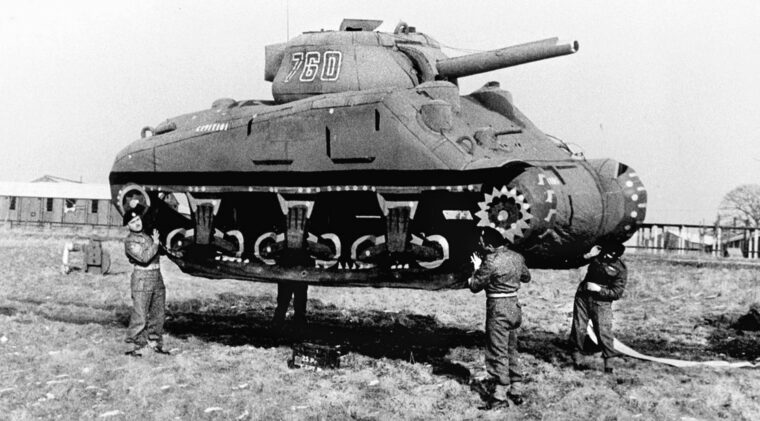
For Operation Neptune/Overlord, the Allies had 6,939 naval vessels, 11,590 aircraft, and 156,000 infantrymen and airborne soldiers (both parachute and glider) ready to participate in the D-Day invasion of northern France on June 6, 1944. Read more
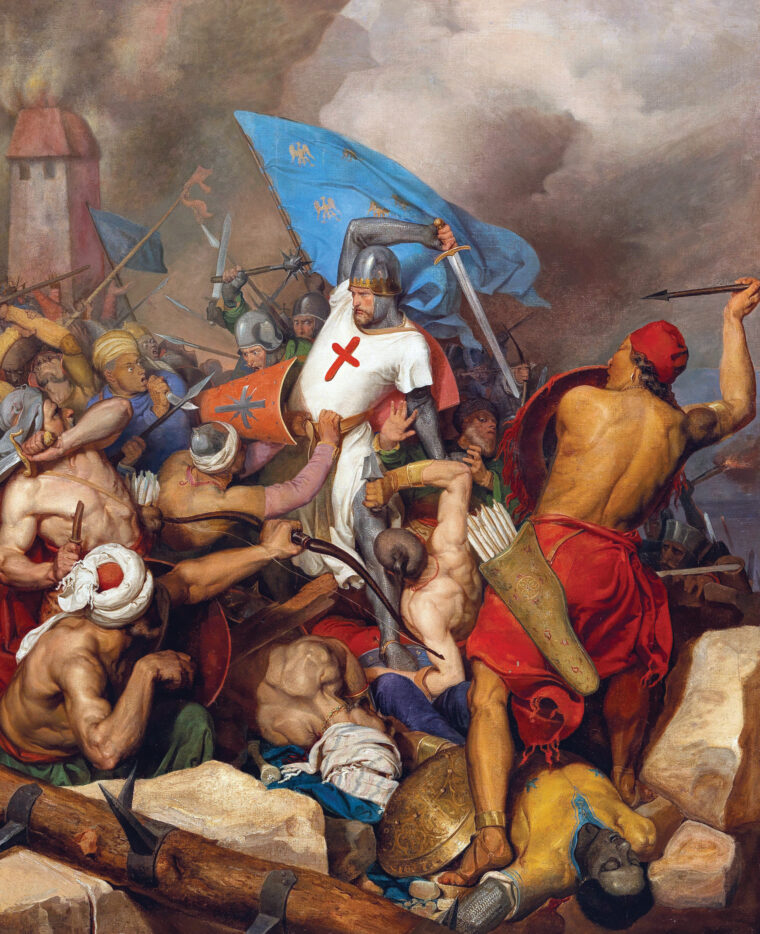
The advance of long ranks of scimitar-wielding Nubian and robed Bedouin archers on foot signaled a dramatic change in Ayyubid Muslim tactics against the Frankish army marching south along the Palestinian coast from Acre towards Jaffa. Read more

It is an intriguing truism of history that those who start wars inevitably end up losing them. A few examples spring to mind: Napoleon vs. Read more
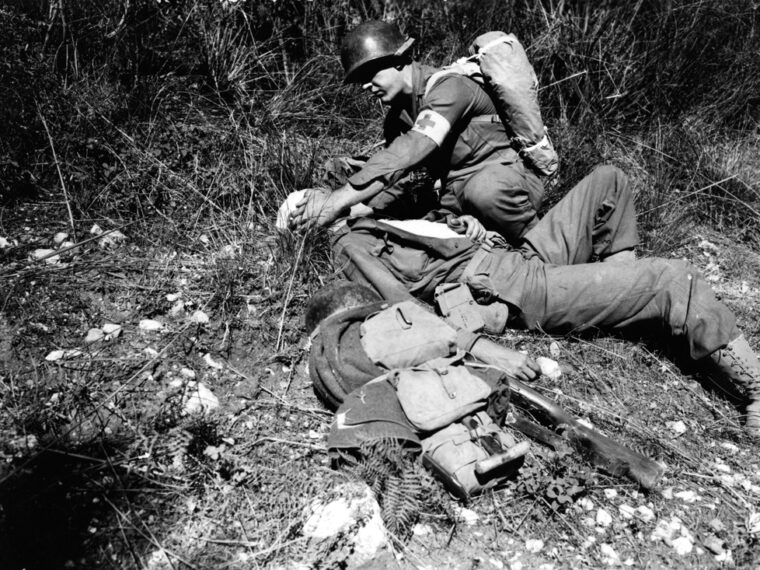
Yes, the world is at war. A surprise attack we didn’t see coming: germ warfare on a worldwide scale by an enemy we can’t see. Read more

It seems that every month there is a news item that relates to World War II. Here’s one you may have missed:
Gudrun Margarete Elfriede Emma Anna Himmler Burwitz, the true-believing daughter of Heinrich Himmler, head of the dreaded SS and one of Adolf Hitler’s closest henchmen, died in or near Munich last year. Read more
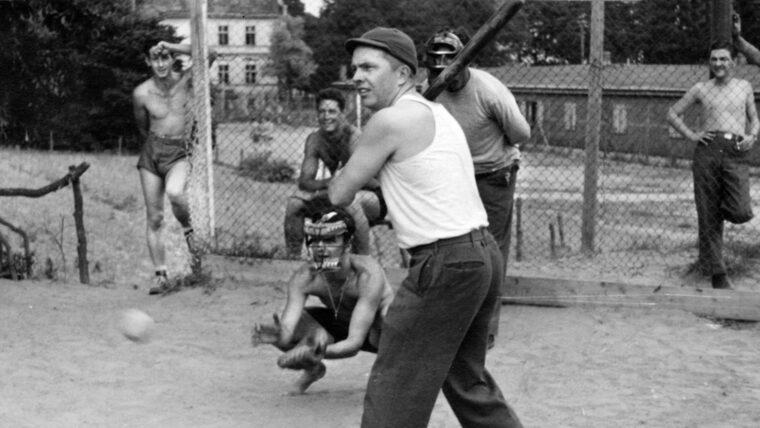
1. The first American serviceman killed in World War II was Captain Robert M. Losey from Andrew, Iowa. He was serving as a military attaché and was killed in Norway on April 21, 1940, when German aircraft bombed the Dombås railway station where he and others were awaiting transportation. Read more

JUNE 5
Israel launches a preemptive airstrike known as Operation Focus against Egyptian air bases in the morning with its French-supplied fighter bombers. Read more
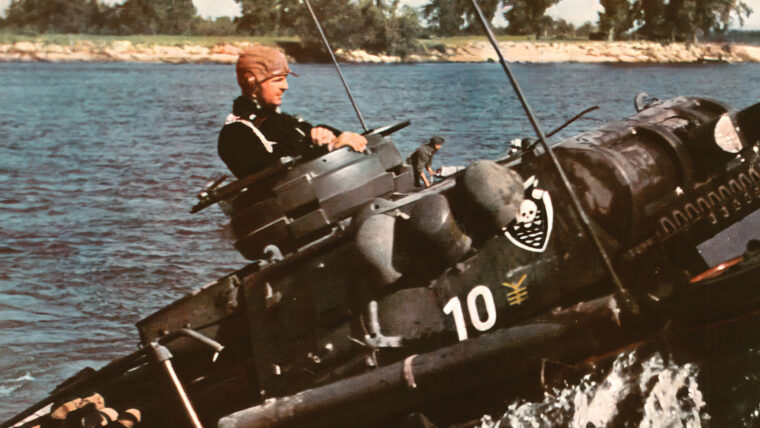
By April 1941, just over a year and a half into World War II, Nazi Germany was master of Europe. Read more
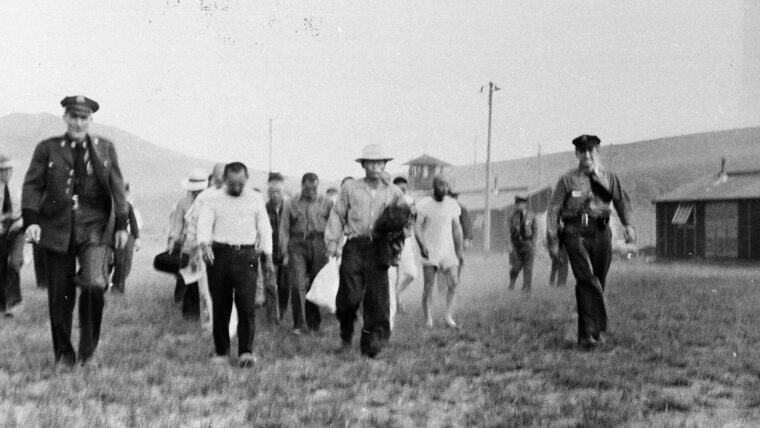
After the surprise bombing of Pearl Harbor on December 7, 1941, many Americans in authority began to fear the large number of people of Japanese ancestry living along the West Coast of the United States, thinking that some of them might have sympathies for Japan and might assist in a possible invasion or sabotage American efforts to resist such an invasion. Read more
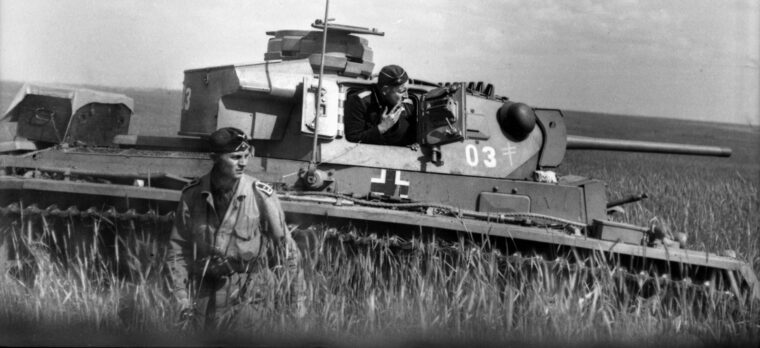
After the brutal defensive fighting during the winter of 1941-1942, Adolf Hitler was ready for another round with the Russians. Read more